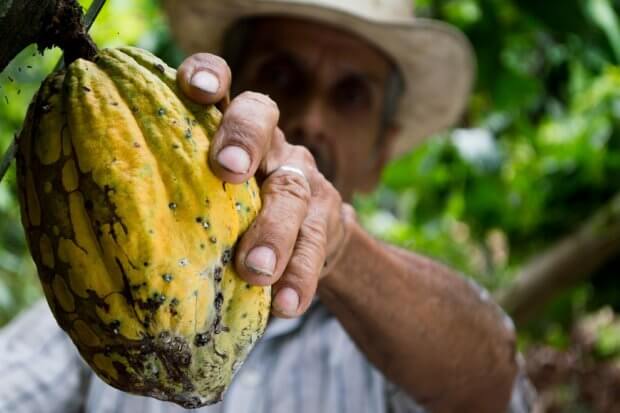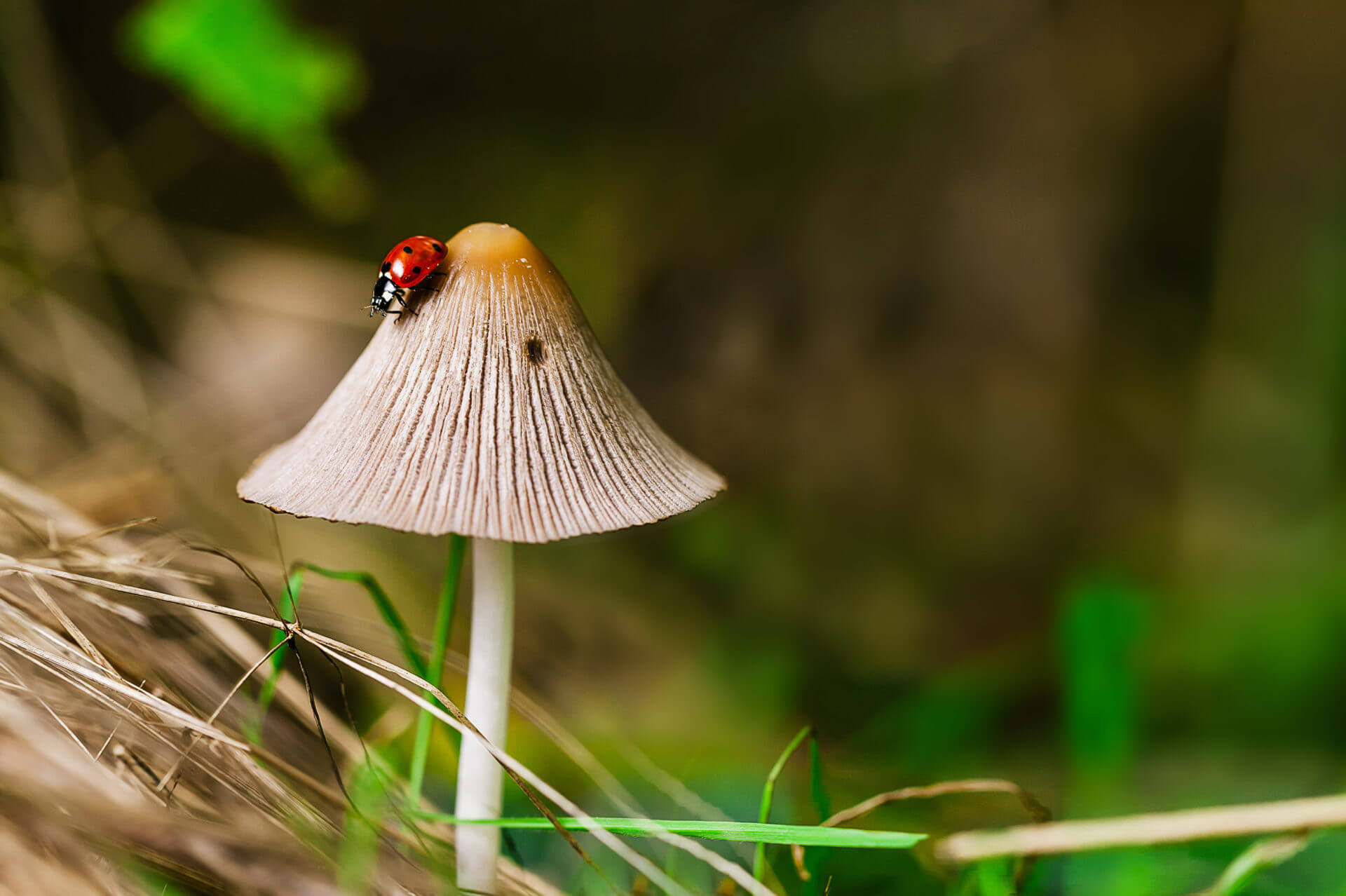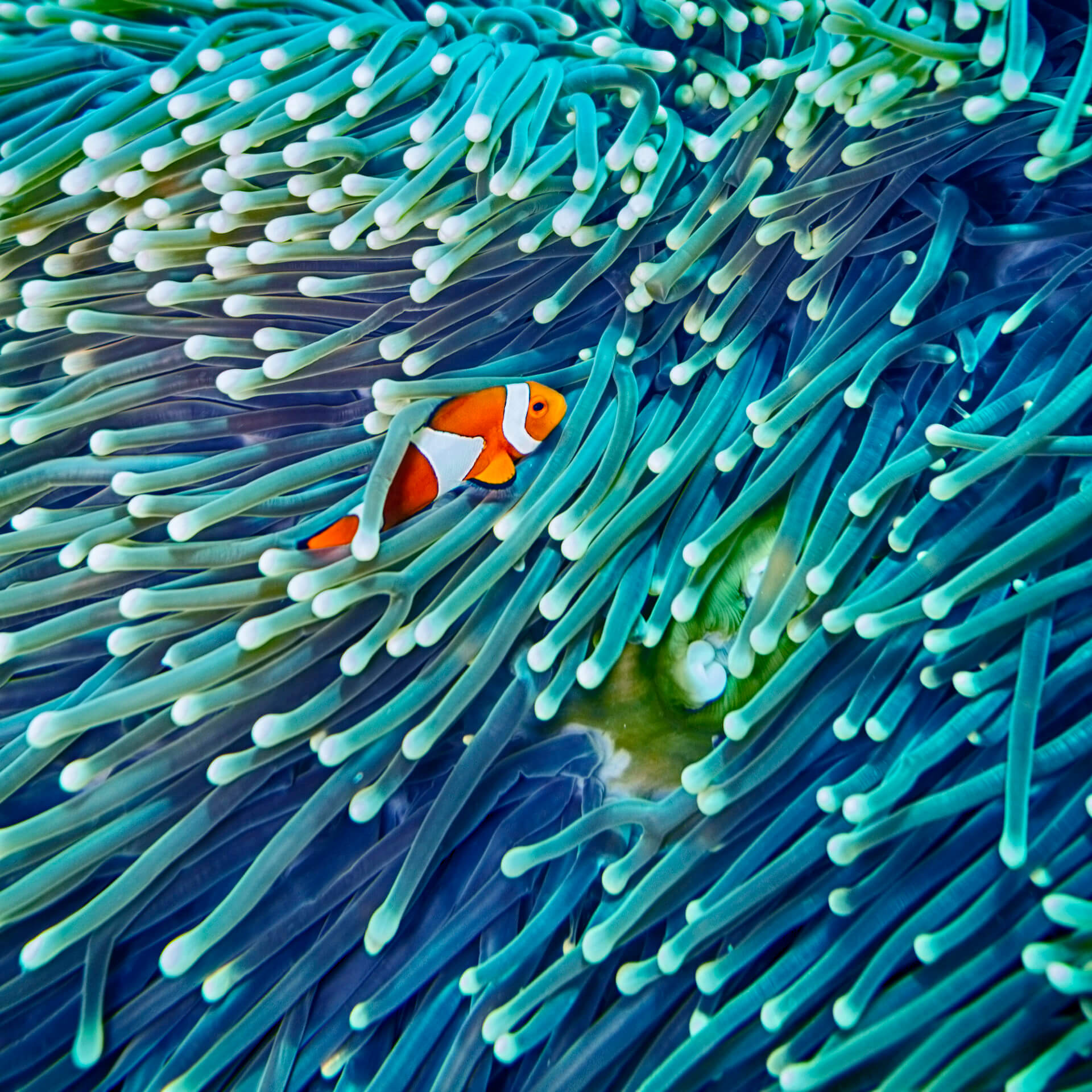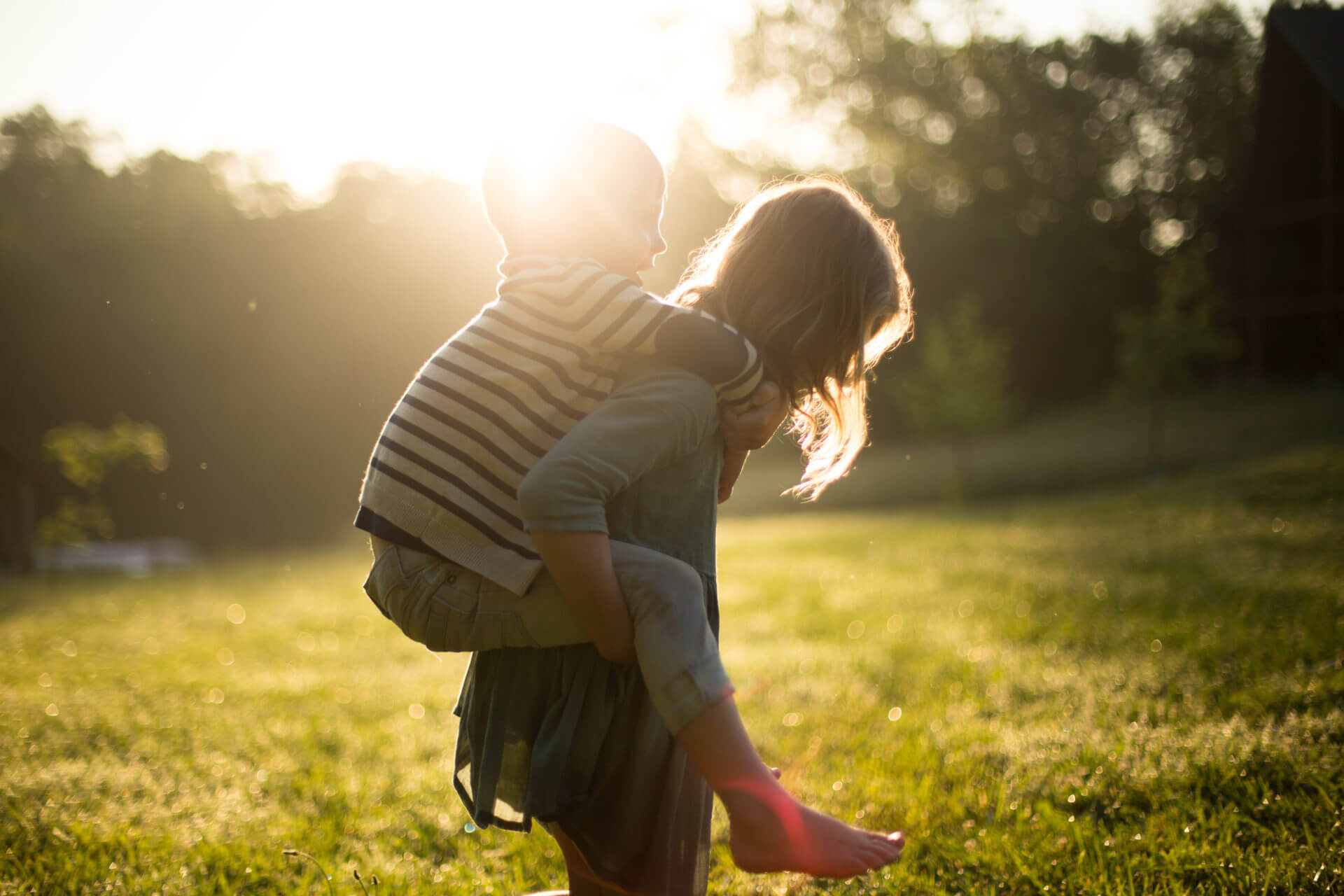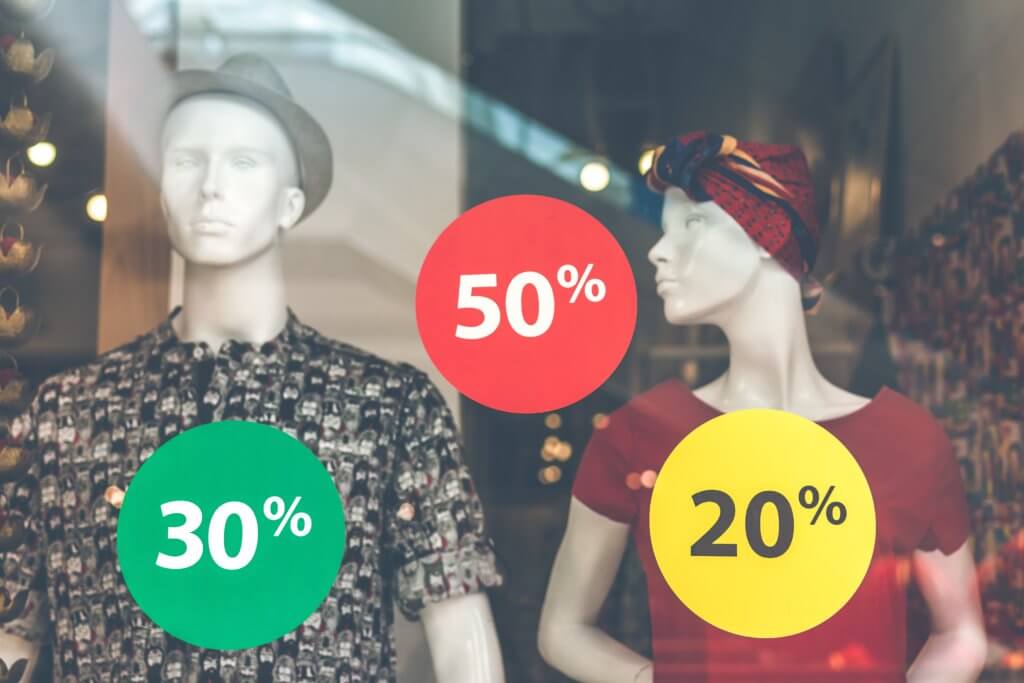
Staying fashionable and respecting biodiversity
The sales have arrived! The shelves are packed with bargains and everyone wants a new outfit. But what about the impact of fast fashion on biodiversity? Here we explained how textile production presents a threat to a large number of species. The good news is that you can remain fashionable without causing them too much harm.
As with food, cheap clothes are often poor quality. But responsible consumption does not necessarily have to mean spending a fortune. The slow-fashion phenomenon is becoming more widespread. The idea is to buy less but better. Here are a few ideas.
In general:
- Buy less and avoid needlessly having similar items in your wardrobe. Instead, invest in a few timeless, high-quality items that can be accessorised to remain fashionable.
- Before going sales shopping, make a list of what you really need and stick to it.
- Find out about the origin and ethical policy of your favourite brands. Choose clothes made in Belgium/Europe using local raw materials (such as linen) and fair trade textiles made and distributed by member organisations of the World Fair Trade Organisation, such as Oxfam shops.
- Set aside no-shopping periods so you can wear the clothes languishing in your wardrobe.
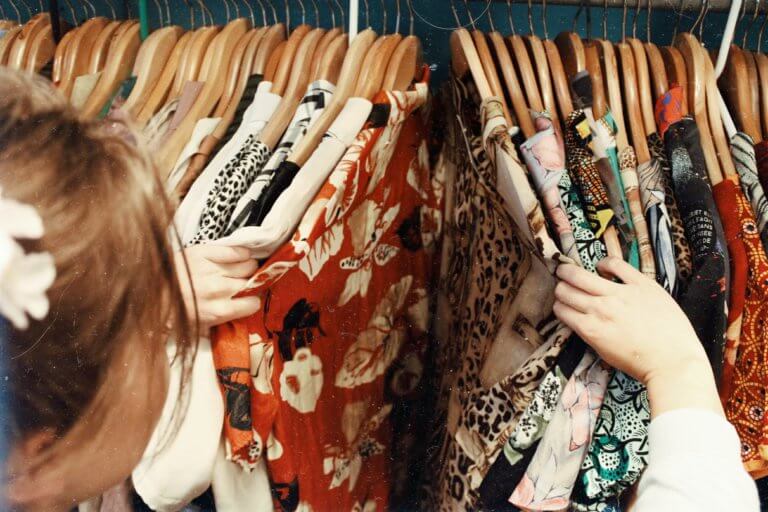
If you succumb:
- Pay attention to the quality of the clothes you buy. Inspect buttons and stitching to avoid buying clothes that will not last past the first few washes.
- Look for clothes with labels such as Fair Wear Foundation or Label Social Belge. Ecological labels also exist, such as the GOTS (Global Organic Textiles Standards), the Biogarantie, the Soil Association Organic Standard, EKO Sustainable Textile, Nature Textile and the EU Ecolabel
- Buy from second-hand shops; luckily vintage clothes are in fashion!
- Hire clothes for your children (after all, they don’t wear them for long), special occasion clothes (suits, evening dresses, etc.) or occasionally-used clothes (maternity clothes).
- Look after your clothes properly, don’t wash them too often and use eco-labelled laundry detergents (more info on http://www.ecoconso.be/La-lessive-ecologique)
And then?
- Repair what can be repaired (a hole, a broken zip, loose buttons) or turn old clothes into new ones. There are plenty of experts and sewing and alteration workshops that can help.
- Sell or exchange clothes in good condition that you can’t or don’t want to wear any longer, for example at flea markets and other such events. There are also a lot of online platforms dedicated to this type of exchange.
- Donate clothes that are in good condition. Many associations collect clothes then either sell them on second-hand or donate them.
- And lastly, before throwing clothes away, recycle them once they reach the end of their life: into rags or cloths for cleaning and DIY, or dressing up outfits for children.
As you can see, every euro not spent on textiles – or spent intelligently – is also a powerful act by consumers to support biodiversity.
Actus Associés

Regenerative development and design: improving governance, innovation and planetary health
Humans have pushed several planetary boundaries out of their safe operating space and inequalities within and between countries are rising… Our current societal and environmental challenges require a meta-response. This is what Regenerative Development and Design (RDD) aims to bring.
See more
Save biodiversity by eating better
Our food choices have significant effects on biodiversity and ecosystems, but also on our health. Among other things, intensive meat production is responsible for the destruction of many ecosystems around the world and excessive meat consumption is a source of various diseases. Yet demand is growing on an increasingly populated planet with limited natural resources. As individuals, do we have a role to play in mitigating this trend in a globalised world? The answer is yes!
See more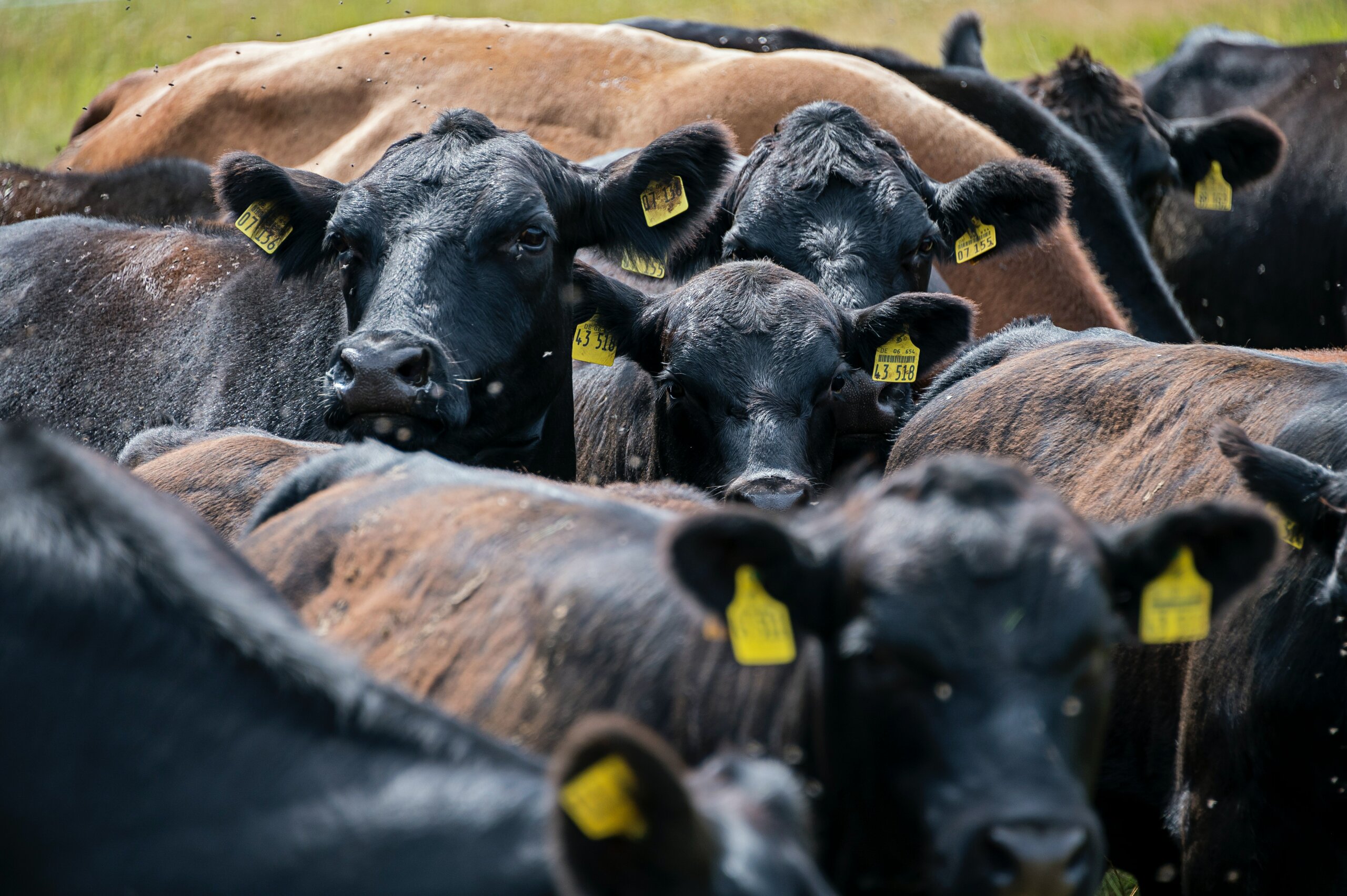
A very meaty diet: what consequences for biodiversity?
Did you know that, in the European Union, the food industry is the main cause of environmental damage, followed by housing and mobility?[1] Although many consumers are aware of this, we tend to underestimate the effects of our eating habits on the environment.[2] While this is not good news, it does mean that our choices can make a real difference. But can we really protect biodiversity at mealtimes?
See more

